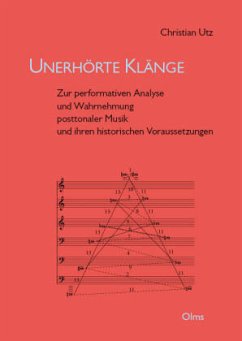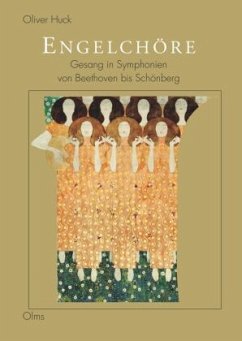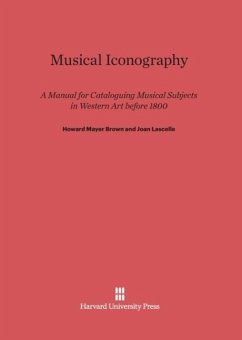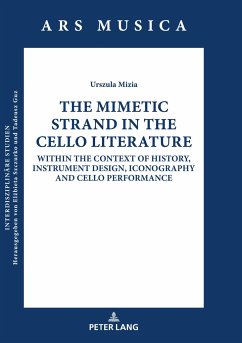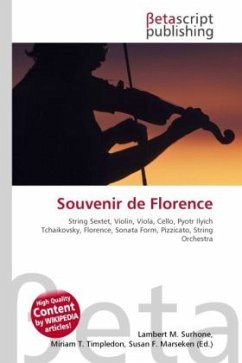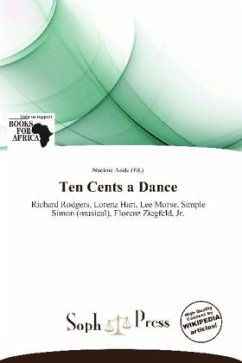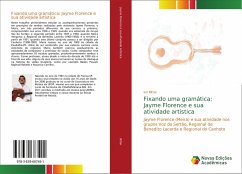
Angels in Florentine Iconography and Trecento Musical Performance

PAYBACK Punkte
0 °P sammeln!
The significance of angel musicians in Florentine Trecento paintings has been disputed: some say they are simply symbols of heavenly music; others argue that they are real people, making real music. Some even argue that the textless voices in manuscripts of secular music were intended for instrumental performance. This study resolves this dispute by analysing the process of the production of artworks and correlating pictures with contemporary documents. Contemporary chronicles and payment records document the practice of confraternities of singing laude, before an image of the Virgin Mary, whi...
The significance of angel musicians in Florentine Trecento paintings has been disputed: some say they are simply symbols of heavenly music; others argue that they are real people, making real music. Some even argue that the textless voices in manuscripts of secular music were intended for instrumental performance. This study resolves this dispute by analysing the process of the production of artworks and correlating pictures with contemporary documents. Contemporary chronicles and payment records document the practice of confraternities of singing laude, before an image of the Virgin Mary, while dressed like angels, sometimes with instrumental accompaniment.




